Irvine, California, July 15th, 2019 – Aurora Aperture Inc. today has introduced a revolutionary filter system, the Aurora Aperture Adapter Mount Format (AMF) filter for mirrorless mount adapters.
The AMF filters drop into mirrorless camera mount adapters such as the Canon Mount Adapter EF-EOS R, the Nikon FTZ, the Sigma MC-11 for Sony E, and the Sigma MC-21 for the L mount.
“In 2017 we introduced a rear mount filter system for the Canon EF 11-24mm F4L USM: The Aurora CR format, an industry-first rear mount glass filter,” said Jeff Chen, founder and CEO of Aurora Aperture Inc. “The Aurora Aperture CR format filters solves the problem of needing a huge filter adapter and massive filters for lenses that have protruding front elements. Due to the recent pivot of mirrorless camera development and releases from Canon, Nikon, Panasonic, Sony, and others: we’ve invented the Adapter Mount Format for the mirrorless mount adapters which enables mirrorless camera users to use a single set of filters for all their DSLR lenses regardless of the filter thread size.”
One Mount One Filter
Designed in California, the Aurora Aperture AMF drop-in filters offer many advantages over traditional front mounted lens filters. Since a drop-in filter goes inside a mount adapter, users only need one set of filters per adapter instead of specific thread sizes for each lens. It not only saves users from having to buy multiple sets of filters or large diameter filters – but it also means awkward to use step-up rings are no longer necessary.
The drop-in filters are very compact and lightweight, meaning that they’re easily carried. They cost much less than traditional front mount filters, especially in comparison to large filter thread sizes.
Any DSLR lens that can be mounted on the four supported mirrorless mount adapters can be used with these drop-in filters, whether the lens has a front filter thread or not. This is especially beneficial for ultra wide-angle lenses without a front filter thread which would otherwise require massive filters on a bulky adapter.
Available Filters
- PowerUV™, a sensor protector filter to shield the camera sensor from contamination
- PowerND™, neutral density (ND) filters of light reduction strength in ND4 (2 stops), ND16 (4 stops), ND64 (6 stops), ND256 (8 stops), ND4000 (12 stops), and ND65000 (16 stops)
- PowerGND™, soft graduated neutral density (GND) filters of light reduction strength in ND3 (1.5 stops), ND6 (2.5 stops), and ND12 (3.5 stops)
- PowerDusk™, a light pollution reduction filter for astrophotography and for cityscape photography in blue hours by reducing artificial light pollution.
Schott B270® glass is used as the foundation of the AMF filters except for the PowerDusk which is based on neodymium glass. Multi-layer nano-coatings are used for light reduction so the filters are able to meet high-resolution demands of 4k/8k video and the high pixel density of modern-day sensors.
A PFPE based nano-coating is applied to both optical surfaces, ensuring the protection of filter against water, oil, dust, and dirt. This coating allows the filter to be easily cleaned as substances do not adhere as easily and are removed with little effort. The PFPE based nano coating has a 110-degree static contact angle, one of the best in the industry.
Aerospace-grade 7051 aluminum alloy is used for the filter frame. This material is practically twice as strong as 6000 series aluminum alloy used in conventional lens filters.
Availability and Pricing
The AMF Filters will be available through a kickstarter.com crowdfunding campaign starting in July 2019. The general public and dealer availability start in October 2019. The price will start from $44 and goes up to $83 per filter, depending on the type of filter.
https://www.aurora-aperture.com [email protected]
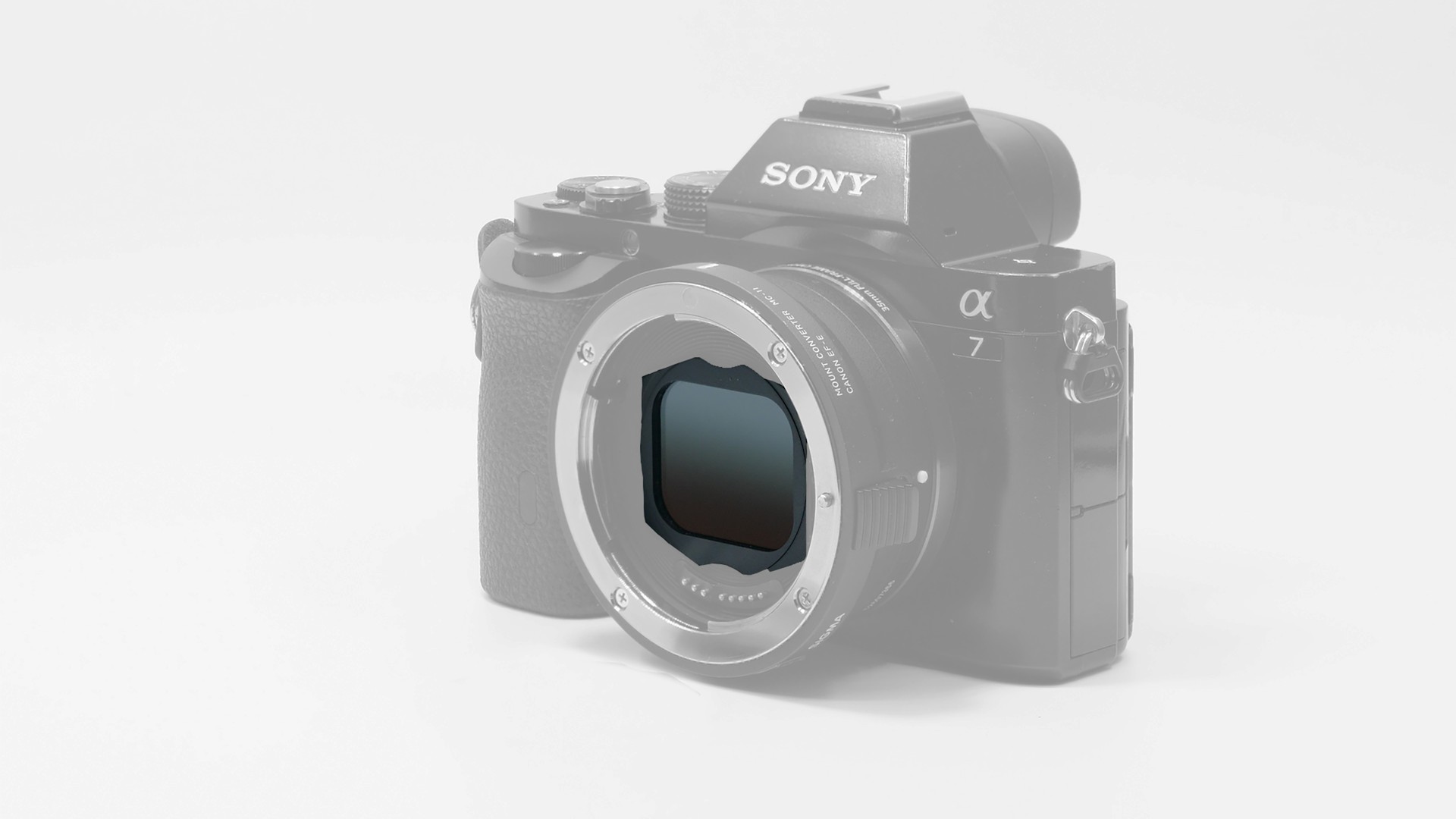
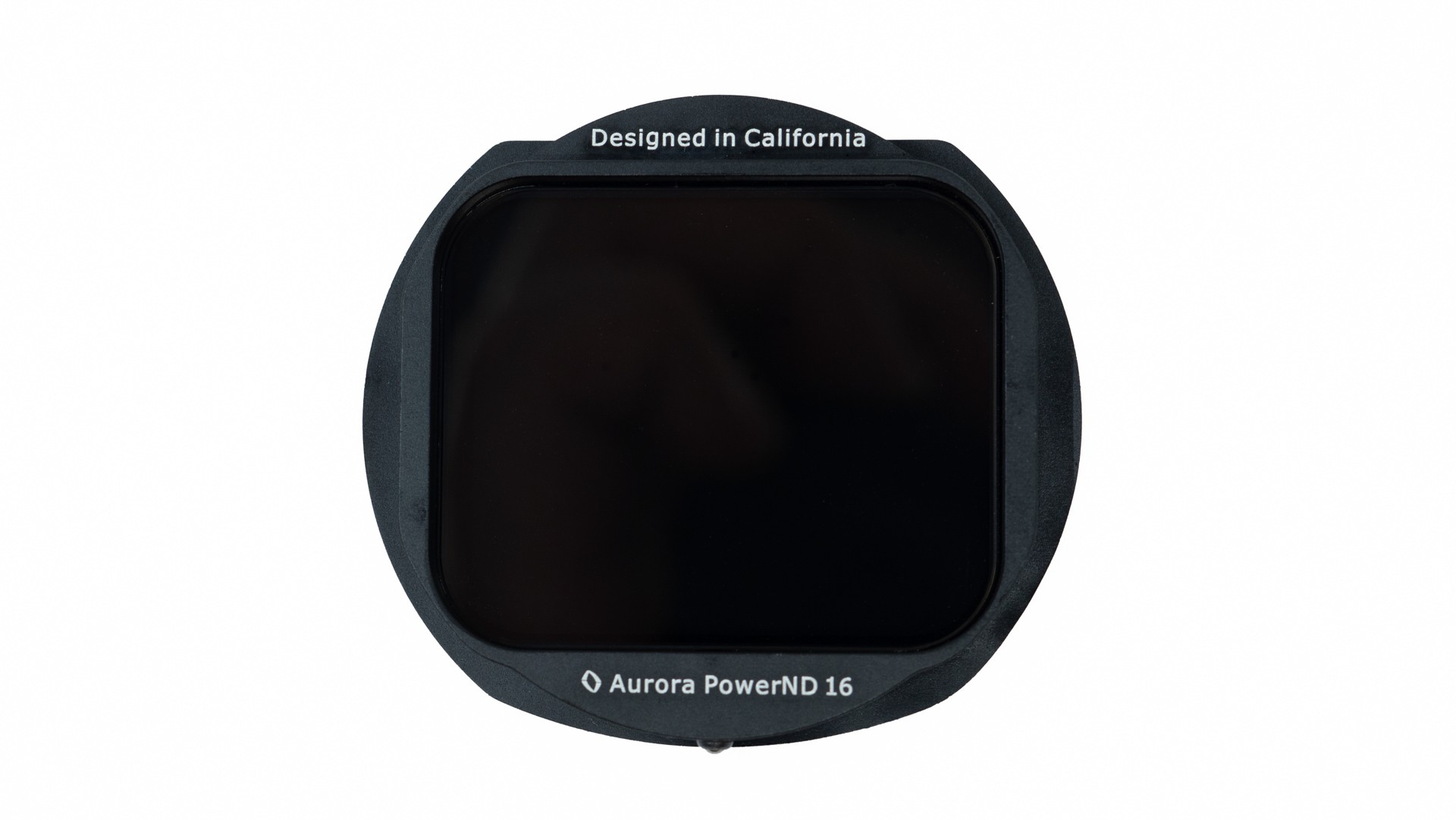
Aurora Aperture AMF Filter for Canon EOS-EF to R adapter
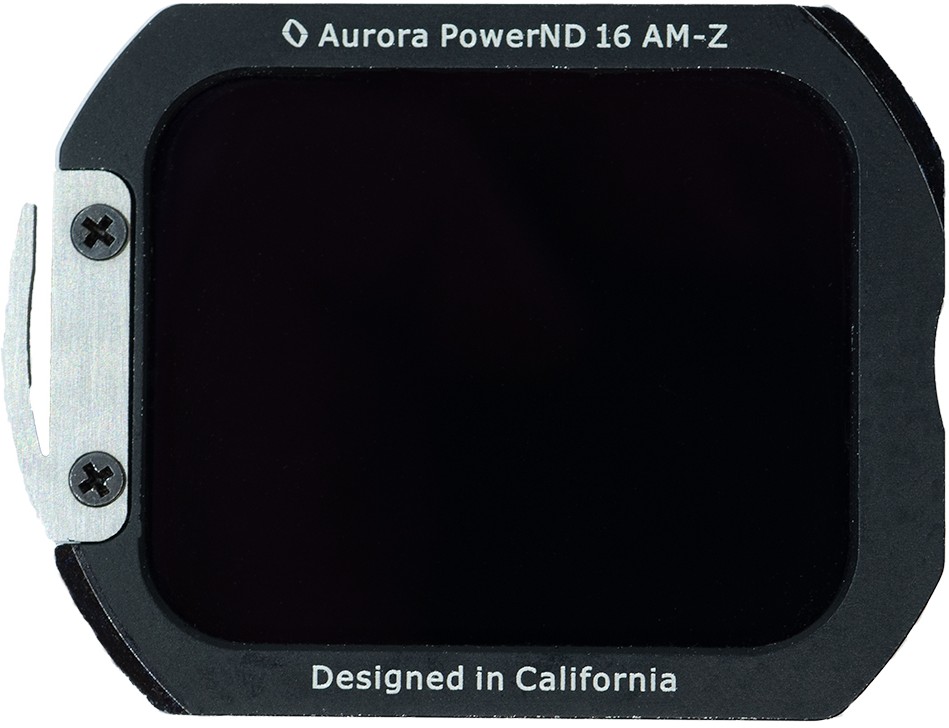
Aurora Aperture AMF Filter for Nikon FTZ Adapter

Aurora Aperture AMF Filter for Sigma MC-11 adapter

Aurora Aperture AMF Filter for Sigma MC-21 adapter

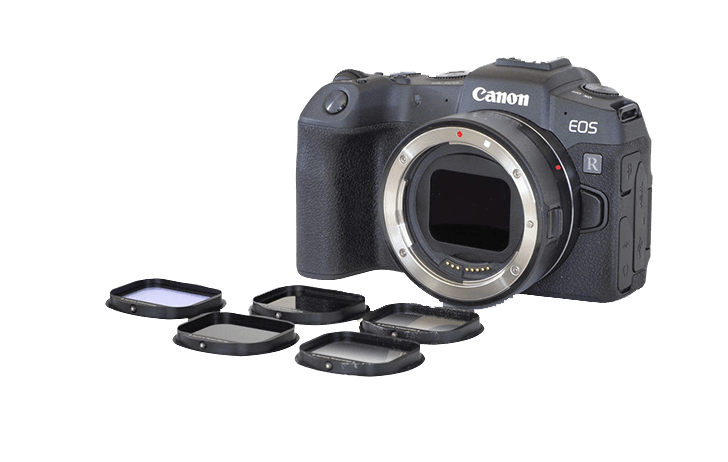
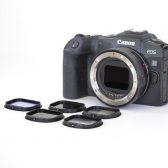
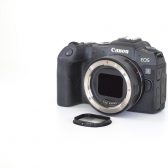

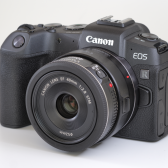
Pro:
Con:
- Doesn't work with native mirrorless lenses like your front element filters will. This is for adapted lenses only.
- No CPL in the set, nor would one be possible with that rectangular box mount feature
- Need to dismount / expose your internals to the elements to change these filters out.
- I think you are highly likely to smudge the filter in the process of putting it in. Surprised they don't have a little peripheral pusher tool to seat these.
- ND grad cannot be independently rotated/lifted/dropped relative to the frame
- No front filter means that some lenses won't be considered sealed (i.e. naked front filter threads become a path for ingress)
- No front filter means no protection of the lens front element (somewhat a table stakes reality of landscape filter holders, but this would be a takeaway for general shooters who leave filter on the front just for sealing)
- The EF-EOS R adaptor was not designed for this -- looks like a ball-bearing will rub on the frame window. Third party mechanical bits rubbing/fretting/wearing = some small risk of debris to your rear element, shutter, etc. This is a greater concern than (say) a third party drop-in behind your 11-24L as it is presumed that a more comprehensive system like this will get swapped in/out more often.
- Can't possibly be as quick to change out or as internals-protecting as a drop-in design.
Cons absolutely obliterate the Pros to me, IMHO. But if I was adapting a non-rear-filterable bulbous lens (T/S 17 L, Tamron 15-30, Nikkor 14-24, etc.), this could be a godsend. If I was Aurora, I'd re-tailor a side video just for the landscape community and show how much cost and bag footprint a (say) Lee SW150 or Wonderpana kit is vs. their solution.They'll make money on this (the KS is already backed as of this moment), but I see this as specialty kit for bulbous lens + adaptor use.
- A
...and they leave out CPL functionality.
- A
Canon already has an EF-RF adapter that allows adding a filter between the lens and the sensor, which AFAIK allows rotating it as well (good for CPL). So, again, what does Aurora Aperture's solution add for Canon's MILCs?
While Canon's EOS R drop-in filter mount adapter doesn't...
It’s hard to use a circular polarizer in a format that doesn’t allow rotation of the filter.
I would like it if Canon were to offer a drop-in screw-mount filter holder for the RF adapter, though (there’s one for the supertele drop-in slot).
I assume this will be cheaper than Canon's solution, since the pricing for that has been a bit insane so far. The clear drop-in filter is $129. That's more than just buying another adapter without filter support at all. The CPL adapter is $299, but the filter by itself is still $275! The ND filter is even worse, $399 including the adapter or $399.95 by itself (yes, it is MORE expensive without the adapter).
If you want to have the option of either CPL, variable ND, or nothing in your adapter, you're basically paying for 3 adapters one way or another.
- A
I think it is the best to have solar filter in front of lens because strong sunlight can also damage telephoto lens iris
Rental Camera Gear Destroyed by the Solar Eclipse of 2017
If Canon's variable ND filter ranges from 1 stop to about 9 stops, why do you assume Aurora's piece by piece solution would be cheaper?
I think they're different solutions (and both will have a market). Video guys who need the variable ND will buy the canon adapter, if you just need a 6 or 9 stop filter for a long exposure on a bulbous lens, you might go with Aurora.
CPL is a bit more complicated, not sure exactly if that can work with the standard adapter. Maybe not.
There's lots of people who won't think twice about putting down the money for the Canon adapters, but I think there are also a lot more people who would trade off for a simpler solution to save some money.
Where is it made?